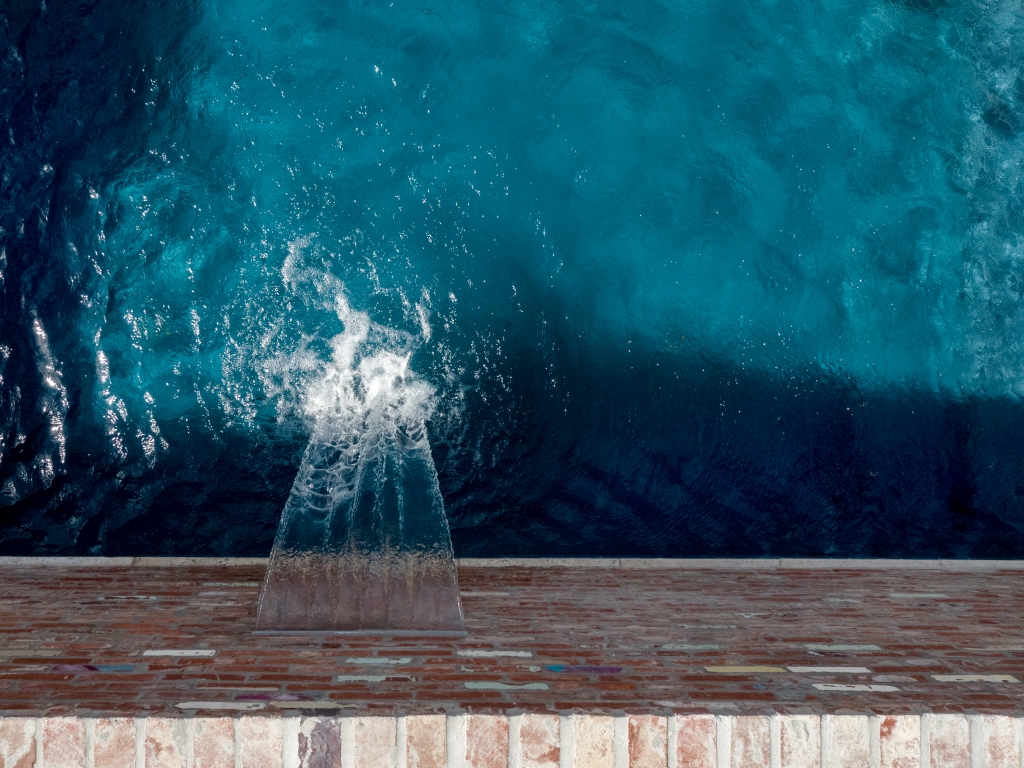Winterized Pool Maintenance Guide

Winterized Pool Maintenance Guide
Even though Louisiana winters tend to be milder than up North, occasional cold snaps, heavy rains, and falling debris can still take a toll on your pool. A proper winterization routine—and periodic maintenance throughout the season—will protect your investment, reduce springtime headaches, and ensure your pool is ready for enjoyment as soon as the weather warms. At Pinnacle Exterior Construction (PEC), we’ve put together this comprehensive checklist to help Baton Rouge pool owners care for their winterized pools.
Winter Pool Maintenance 101
Winter pool maintenance isn’t as involved as seasonal opening and closing, but it still requires attention. Neglect can lead to algae growth, staining, equipment damage, or cover failures when you least expect it. Focus on three key areas:
By checking each of these regularly, you’ll avoid costly repairs and enjoy a hassle-free reopening in spring.
Water Chemistry
Choosing a shape depends on both yard layout and desired use—round for casual lounging, oval for more swim space, or rectangle for fitness-focused families.
Pool Equipment
Even in mild winters, any water left in plumbing lines or equipment can expand and crack when temperatures dip. Follow these steps before closing—and re-check mid-season:
All-steel kits remain the most budget-friendly, while resin or aluminum frames deliver the best long-term performance in Baton Rouge’s humid climate.
Pool Cover
Your cover is the first line of defense against debris, rain, and sunlight. A secure, well-maintained cover keeps water clean and equipment safe.
Proper winterized pool maintenance is essential for preserving your pool’s structure, finish, and equipment life. By staying on top of water chemistry, inspecting plumbing and gear, and keeping your cover in top shape, you’ll ensure a smooth, stress-free reopening when spring arrives.
Need Help with Winter Maintenance?
At Pinnacle Exterior Construction, we specialize in full-service pool winterization and mid-season check-ups throughout Louisiana.
Contact us today to schedule your winter maintenance service and keep your pool in peak condition all year long.
The post Winterized Pool Maintenance Guide appeared first on In The Swim Pool Blog.
